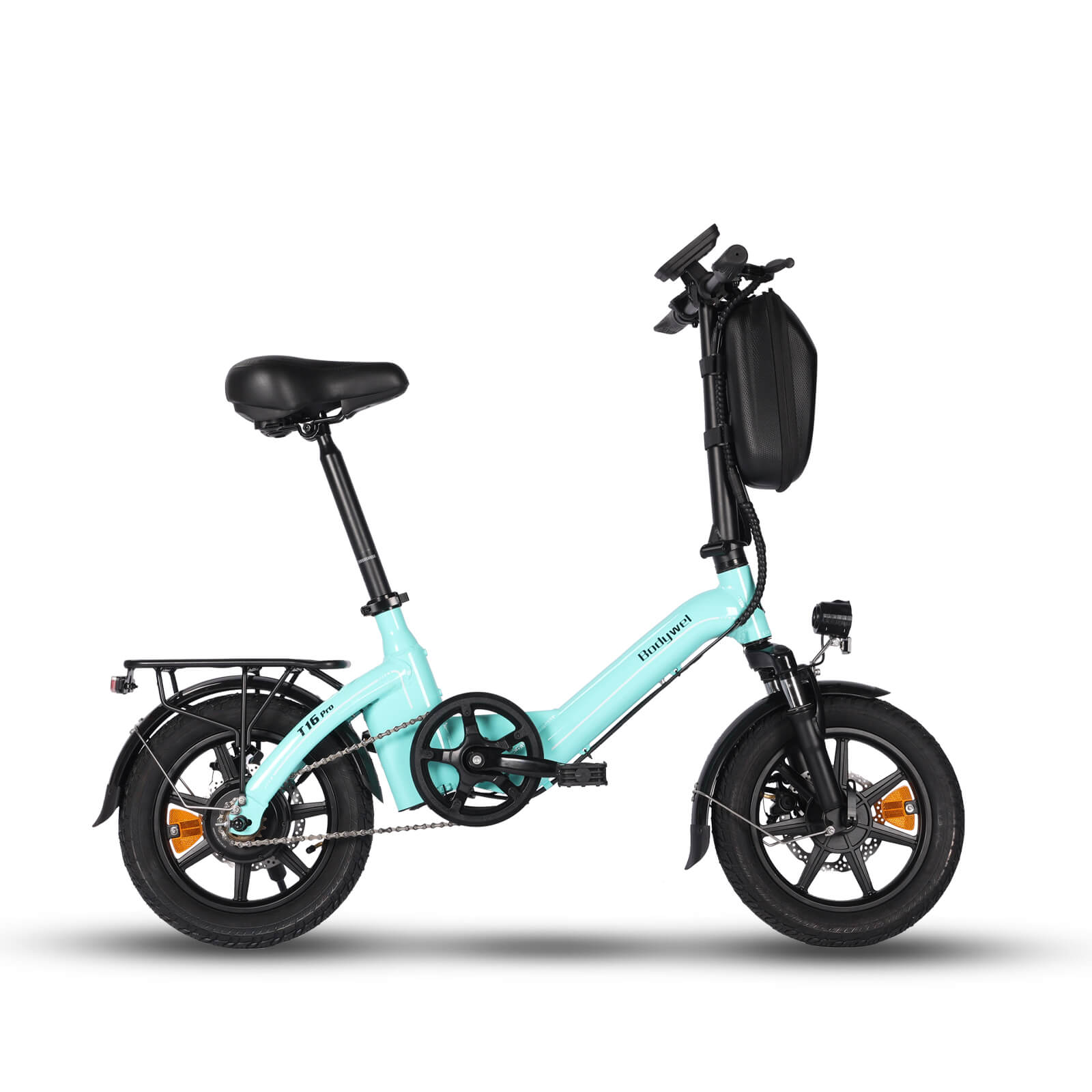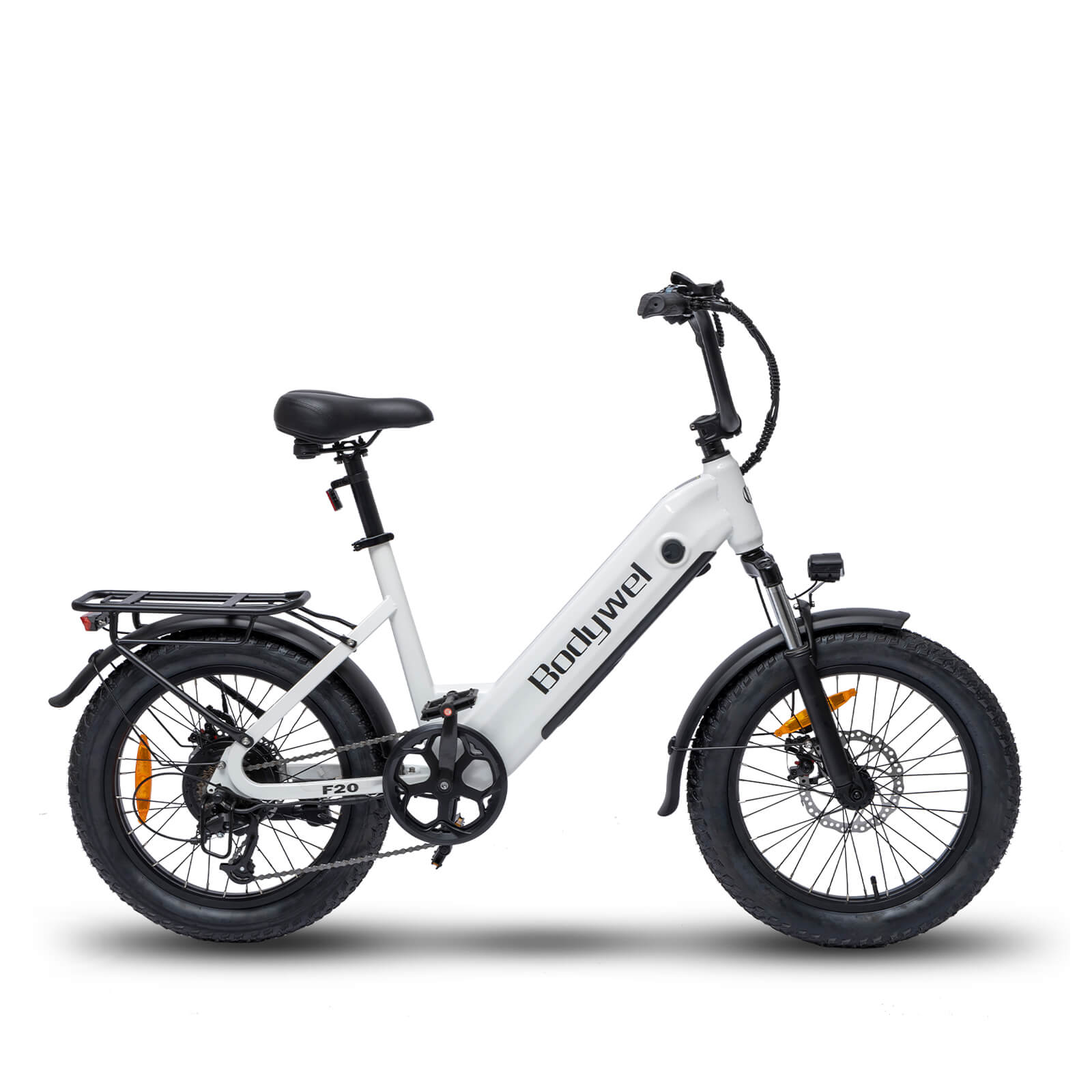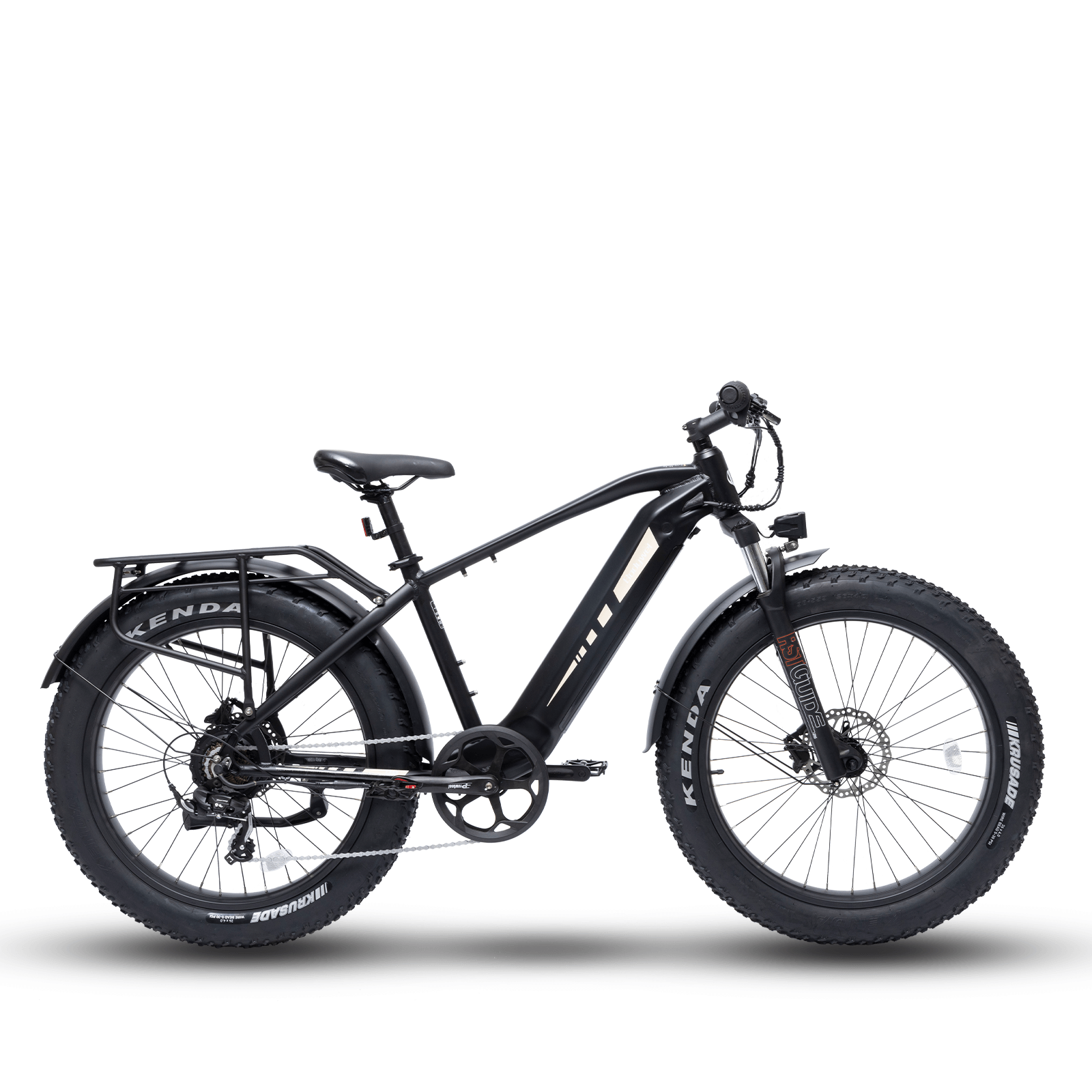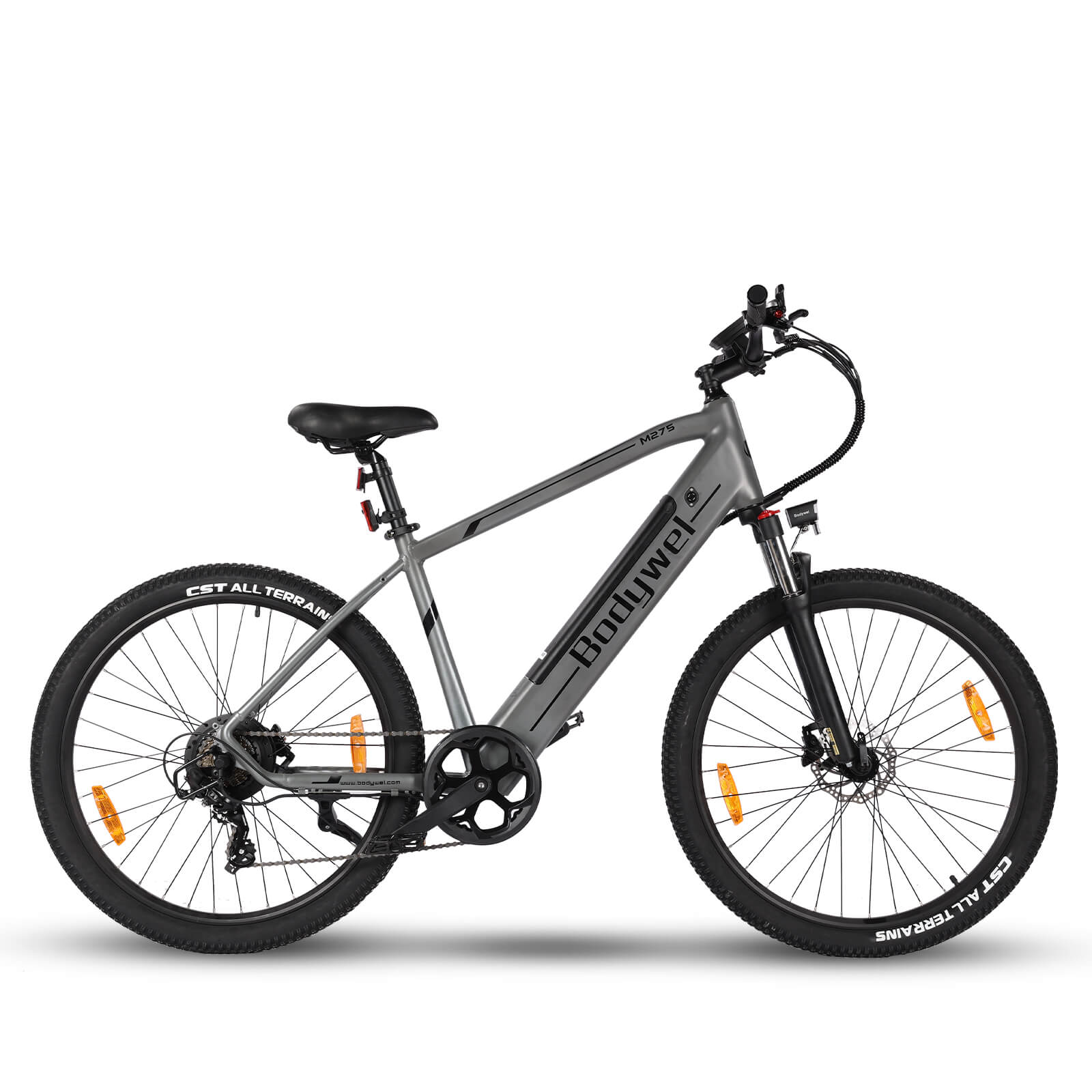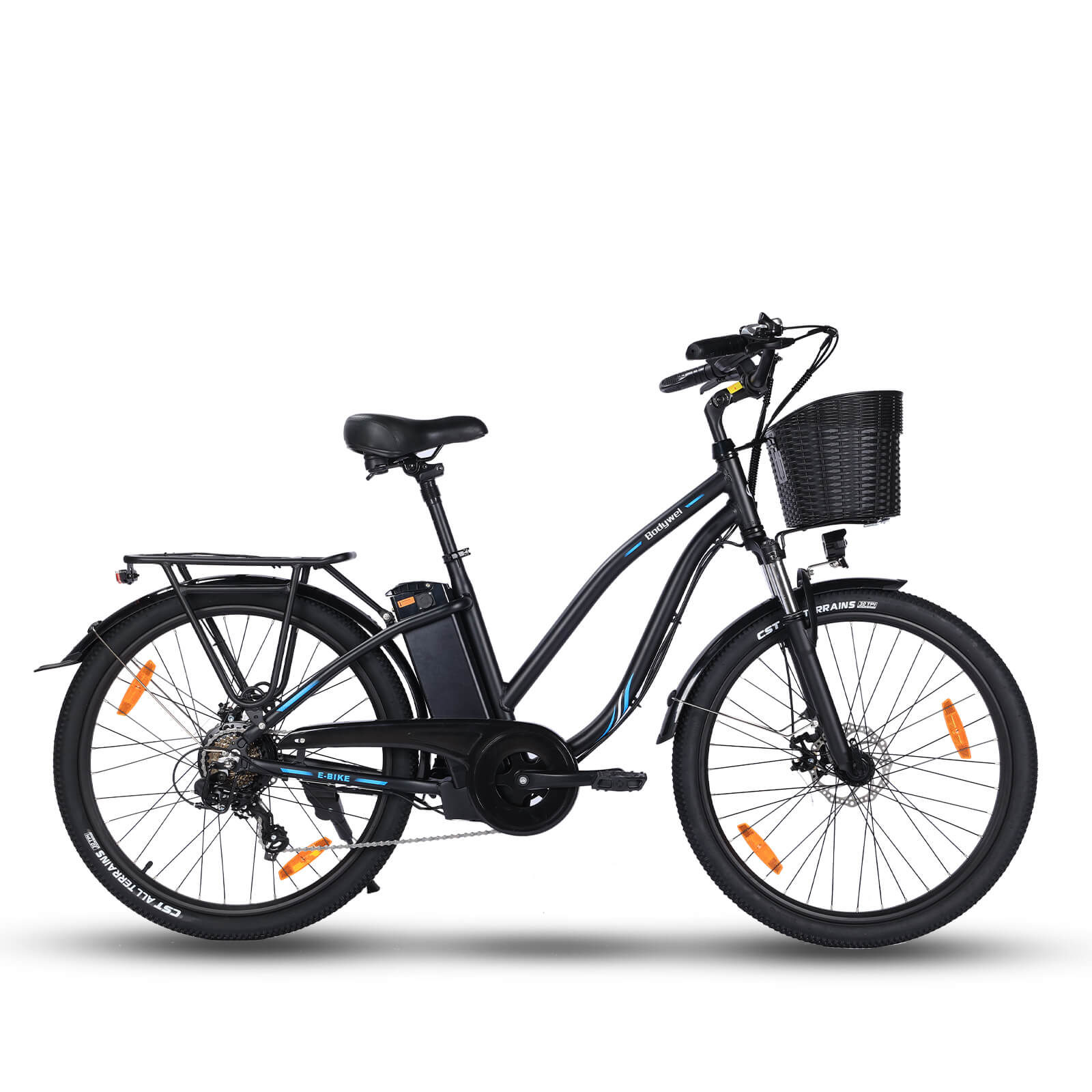5 Key Features to Look for in a Quality Frame E Bike

Selecting a high-quality e-bike frame requires careful evaluation of key structural and performance features. This guide examines five critical aspects—material durability, motor integration, weight distribution, geometry design, and warranty coverage—to help outdoor enthusiasts make informed purchasing decisions for long-term cycling satisfaction.
Frame Material Durability
The foundation of any reliable electric bicycle frame lies in its material composition. Aluminum alloys dominate the mid-range market, offering an optimal balance between affordability and resilience. For performance-oriented riders, carbon fiber frames provide vibration dampening and weight reduction, though at a premium cost. Modern hydroformed aluminum can withstand significantly more stress cycles than traditional steel frames in e-bike applications.
Aluminum vs. Carbon Fiber
While aluminum e-bike frames typically weigh more than carbon counterparts, they demonstrate superior impact resistance—a crucial factor for off-road cycling. Carbon models excel in vibration absorption, making them ideal for long-distance touring. Industry tests show aluminum maintains structural integrity after extensive load cycles, whereas carbon requires more frequent inspection for micro-fractures.
Motor and Battery Integration
Premium frame e-bikes feature seamless motor housing that protects critical components without compromising aerodynamics. Mid-drive systems demand reinforced bottom brackets with specific torque standards. The battery compartment should integrate cleanly with the downtube or rear triangle, maintaining a minimal protrusion profile for optimal trail clearance.
Optimized Weight Distribution
A well-designed electric bicycle frame achieves a balanced front-rear weight ratio when loaded. This configuration prevents wheel slippage during climbs while maintaining steering precision. Advanced models utilize tapered head tubes and asymmetrical chainstays to counterbalance the motor's mass for improved handling.
Purpose-Specific Geometry
Mountain e-bike frames prioritize slack head angles and short chainstays for technical terrain, while urban models adopt steeper angles for responsive commuting. The top tube length should accommodate both seated pedaling efficiency and standover clearance, with premium manufacturers offering multiple size-specific geometry variants.
Comprehensive Warranty
Leading manufacturers provide extensive warranties on e-bike frames, with exclusions clearly outlining impact damage scenarios. Some warranties set an industry benchmark, though most brands require annual professional inspections to maintain coverage. Always verify warranty transferability if purchasing second-hand frames.
0 commenti




